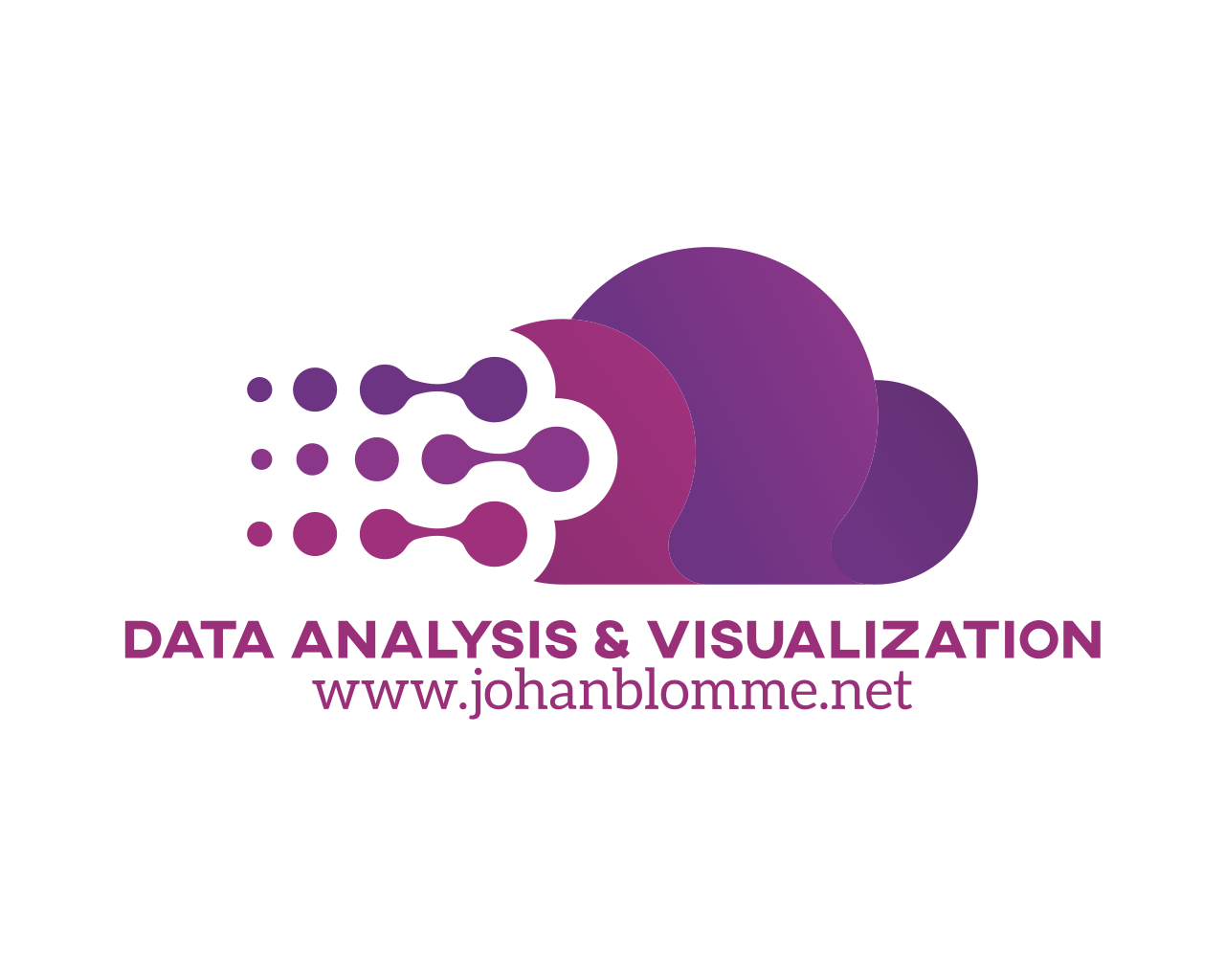Modeling spatial non-stationarity with multiscale geographically weighted regression
A fundamental aspect of our physical and social environment is that measured attributes (particularly those involving human decisions and behaviors) vary across geographical space. To understand spatial variation in data, the processes underlying the relationships between predictor variables and outcome variables must be analyzed. For example, the prevalence of health-related outcomes can be linked to different characteristics of the socio-demographic environment. An examination of the spatial scale at which processes condition the relationship with health-related outcomes may reveal that the effect of background characteristics varies significantly over space. Investigating spatial heterogeneity can lead to better insights for geographical targeting of intervention efforts.
In modeling frameworks that allow the estimation of spatially varying parameters, geographically weighted regression (GWR) has gained considerable attention. While global regression models assume spatial stationarity in the relationships between explanatory variables and the dependent variable, GWR makes spatial analysis more sensitive to conditions that vary locally over the area of interest. It does so by calibrating a separate regression model at each location by borrowing data from nearby locations. The latter are weighted according to a kernel function that places more emphasis on observations that are closer than those farther away and a bandwidth parameter that controls the intensity of data borrowing by using either a distance or the number of nearest neighbors. As such, GWR is used to obtain location-specific parameter estimates that reveal whether and how determinants vary across geographical space.
Since the bandwidth parameter in a GWR calibration is an indicator of the spatial scale over which processes operate, standard GWR assumes that all of the relationships being modeled vary at the same spatial scale. True patterns may be obscured by the use of a single bandwidth because processes can operate over different spatial scales and thus have a unique spatial relationship with the dependent variable. A recently developed variant of GWR, multiscale GWR (MGWR), assigns different bandwidths to different features, enabling each parameter surface to operate on a different spatial scale. This provides information about the different scales of predictor-to-response relationships, where some may be local and others global, and those that are local may have different scale effects from one another. With the spatial scales correctly specified, MGWR improves the accuracy to explore the spatial heterogeneity associated with each variable’s relationship with the dependent variable.
We investigate socio-economic and demographic determinants of social vulnerability and provide a comparison of the performance and results of global ordinary least squares (OLS), local geographically weighted regression (GWR) and multiscale GWR.
